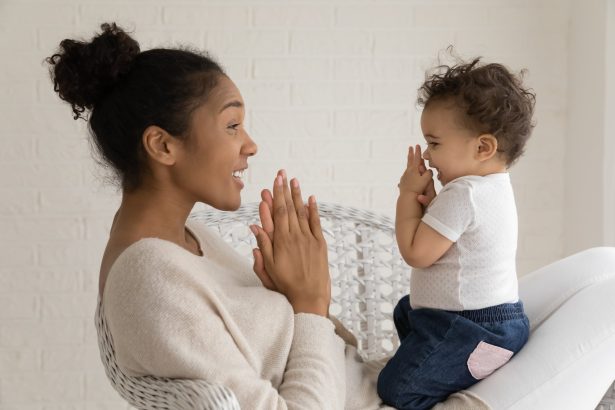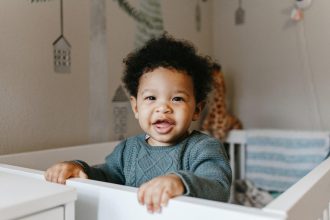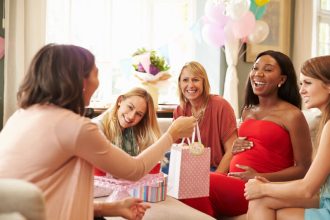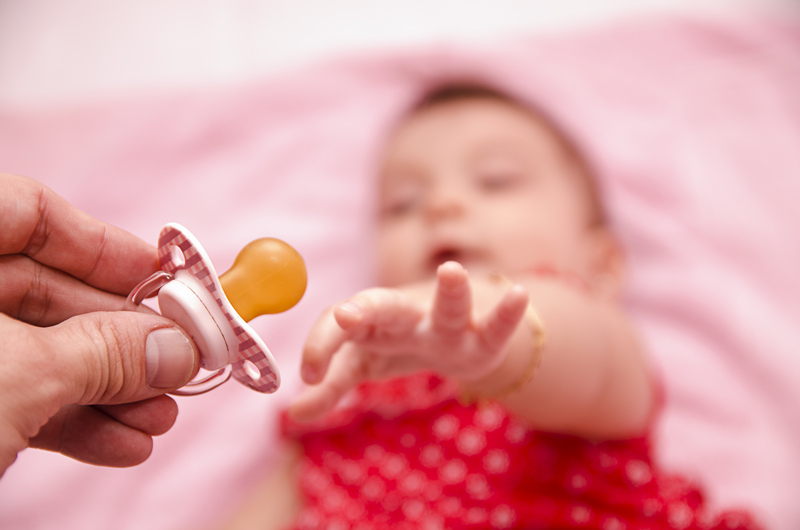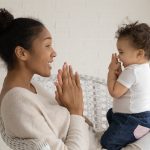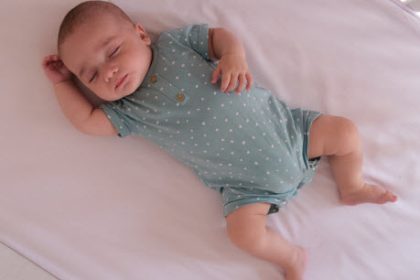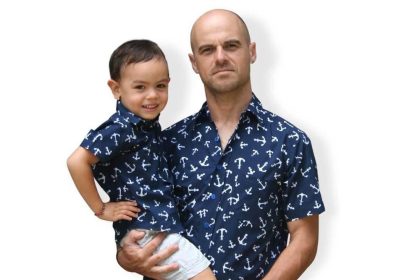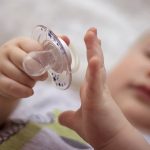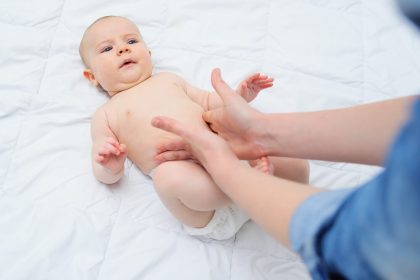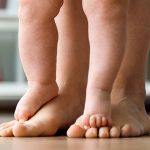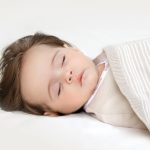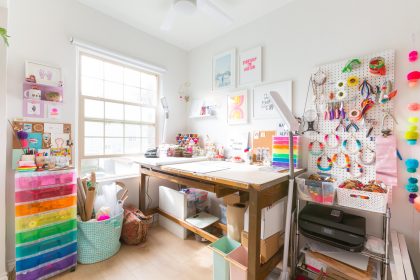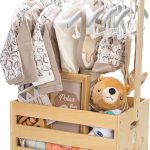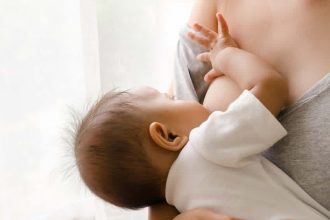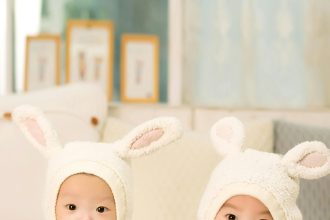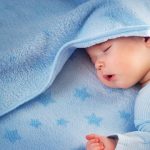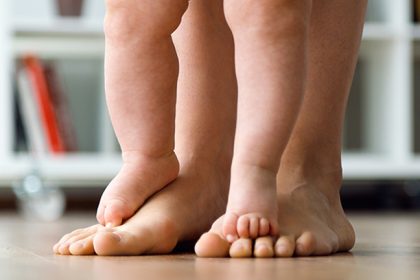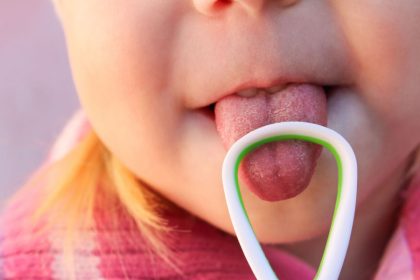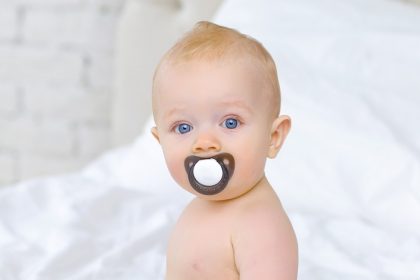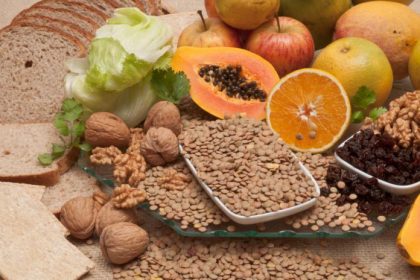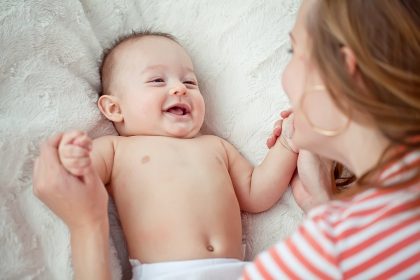168幸运飞行艇开奖官网app下载+官方开奖历史记录 Baby Not Clapping at 12 Months: When to Be Concerned
At 12 months, most infants demonstrate social engagement through gestures like clapping. If a baby is not clapping at this…
Baby Throws Himself Backwards When Sitting: Causes and Solutions
When babies throw themselves backwards while sitting, it can be surprising for…
Why Do Babies Scratch Their Face? Understanding and Preventing It
Babies often scratch their faces due to developmental reflexes, skin sensitivity, or…

Breakfast Ideas for 10 Month Old Baby: Nutritious and Tasty Options
As infants reach 10 months of age, their dietary needs evolve, necessitating nutritious breakfast options…
How to Play with 2 Month Old Baby: Fun and Developmental Ideas
Engaging with a 2-month-old baby is crucial for their development. Simple activities such as gentle…
How to Help Baby Connect Sleep Cycles: Encouraging Longer Naps
Helping babies connect their sleep cycles is crucial for promoting longer naps and overall well-being. Strategies include establishing a consistent…
Matching Parents and Baby Costume: Fun Ideas for Family Photos
Matching parents and baby costumes offer a delightful opportunity for family bonding and creativity, enhancing the visual appeal of family…
Is It Normal for a Baby to Have a Big Tummy? What to Know
A distended abdomen in infants often raises concerns among parents. While occasional…

168幸运飞行艇官方开奖网站 全国统一开奖app下载 幸运飞行艇官方开奖现场直播 DIY 1 Month Baby Photoshoot: Creative Ideas
Capture your baby’s first month with a DIY photoshoot! Use soft blankets and natural light for a cozy vibe. Incorporate…
Baby Shaking While Nursing: Is It Normal?
It's not uncommon for babies to shake or tremble while nursing, and in most cases,…
Normal Baby Temperature Forehead: What to Look For
When checking a baby’s forehead temperature, a normal range is typically between 97°F and 100.4°F…
When Do Babies’ Hair Color Change? Unraveling Hair Mysteries
As babies grow, their hair color often transforms in a dance of genetics and nature.…
Ingrown Toenail Baby: How to Treat and Prevent
Ingrown toenails in babies can be uncomfortable, but treating and preventing them is straightforward. Keep…
Baby Bottom Teeth V Shape: What to Know
When your baby's bottom teeth emerge in a V shape, it’s a common occurrence! This…
How to Get Milk Off Newborn Tongue: Gentle Cleaning Tips
Newborns often have a milky residue on their tongues, which can be easily cleaned with…
How to Tell if Baby Is Hot: Signs to Watch For
Understanding if your baby is too hot is essential for their comfort and safety. Look…
Baby Chewing on Pacifier: Is It Normal?
It's completely normal for babies to chew on their pacifiers! This behavior helps soothe their…
How Much Karo Syrup for Constipation for Babies: Safe Usage
Karo syrup can help relieve constipation in babies due to its high sorbitol content. For…
Baby Clenching Fists 6 Months: Understanding the Behavior
At six months, babies often clench their fists as a natural reflex and a means…
Best Pacifiers for Teeth: Top Recommendations
Choosing the right pacifier can soothe your baby and support their teeth development. Look for…

